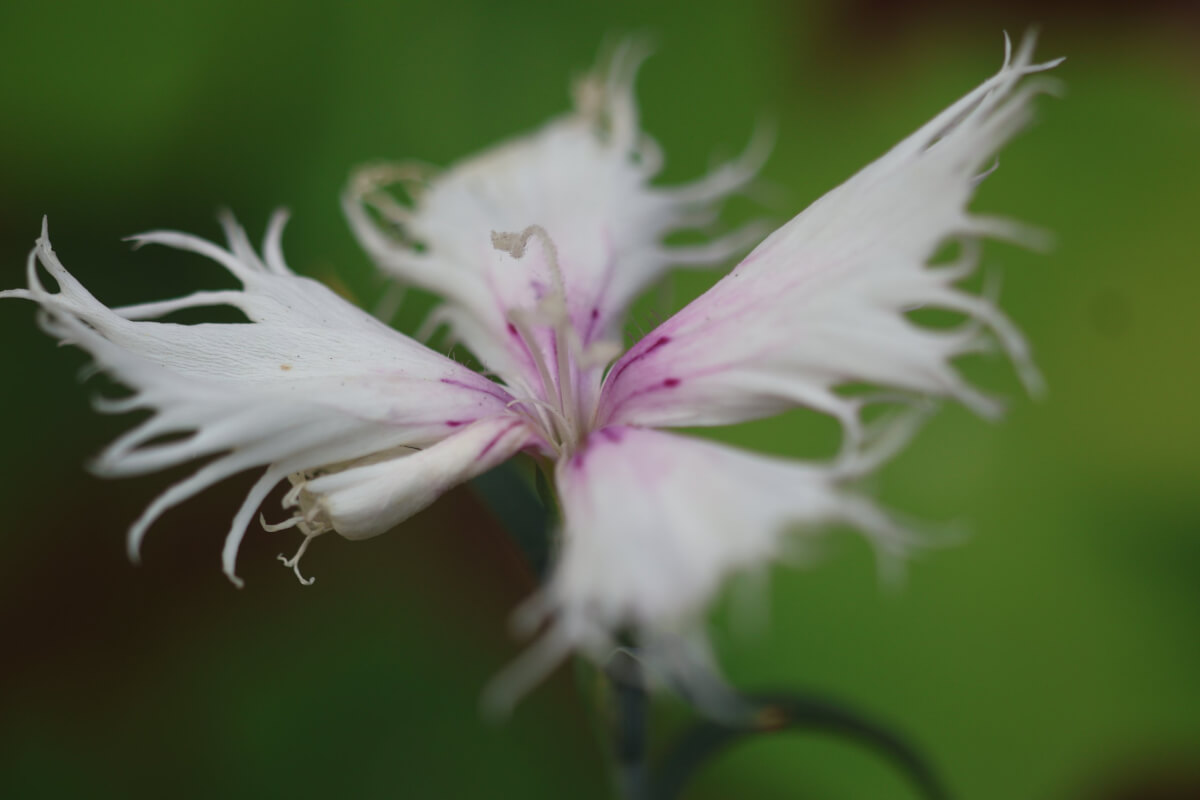Our Flower Friday’s are running out fast! Get them while they’re still hot and fresh! It could be two, it could be four…but the end is near!
Today’s FF edition is likely something you are familiar with, but you may not have ever seen these particular varieties before. Dianthus is what you’re looking at this week. This is a very broad genus with the most popular dianthus being the classic Carnation.
Dianthus features right around 350 different species, and several thousand cultivars, making it popular among growers that like vast diversity. Dianthus has seen extensive breeding and hybridization since the early 1,700’s where varieties now go well beyond just the pink color and can be found in all shades of white, yellow, red and of course – pink.
One of the more remarkable facts about dianthus is that the color pink may actually be named after this flower. In fact, what we know as “pinking shears” (or scissors designed to create frayed/frilly edges) may have directly taken its namesake from the filled edges of the dianthus flower.
This flower was first cited by the Greek botanist Theophrastus, a student of Aristotle, with the original Greek etymology meaning “Zeus flower.” Although it’s not exactly known when Dianthus was first identified, it’s thought to be somewhere around 300BC.
Over 100 species of dianthus have made the Royal Horticultural Society’s Award of Garden Merit. This award is exclusively reserved for plants of exceptional quality, disease resistance and are generally recognized as excellent performers in northern climates.
While there are no known medical or herbal uses for dianthus, the flower’s pure beauty and diversity is reason enough to grow it. The flower does serve purposes to the animal kingdom, though, being a favorite food for the larvae of many types of moth. For this reason, it’s wise to not plant dianthus near brassica crops, as the cabbage moth is one of those specific moth species that will feed on the flower.
We hope you all have a great weekend and that your gardens are going great! We’re definitely in the latter stages here, be thinking about your harvesting strategies!


